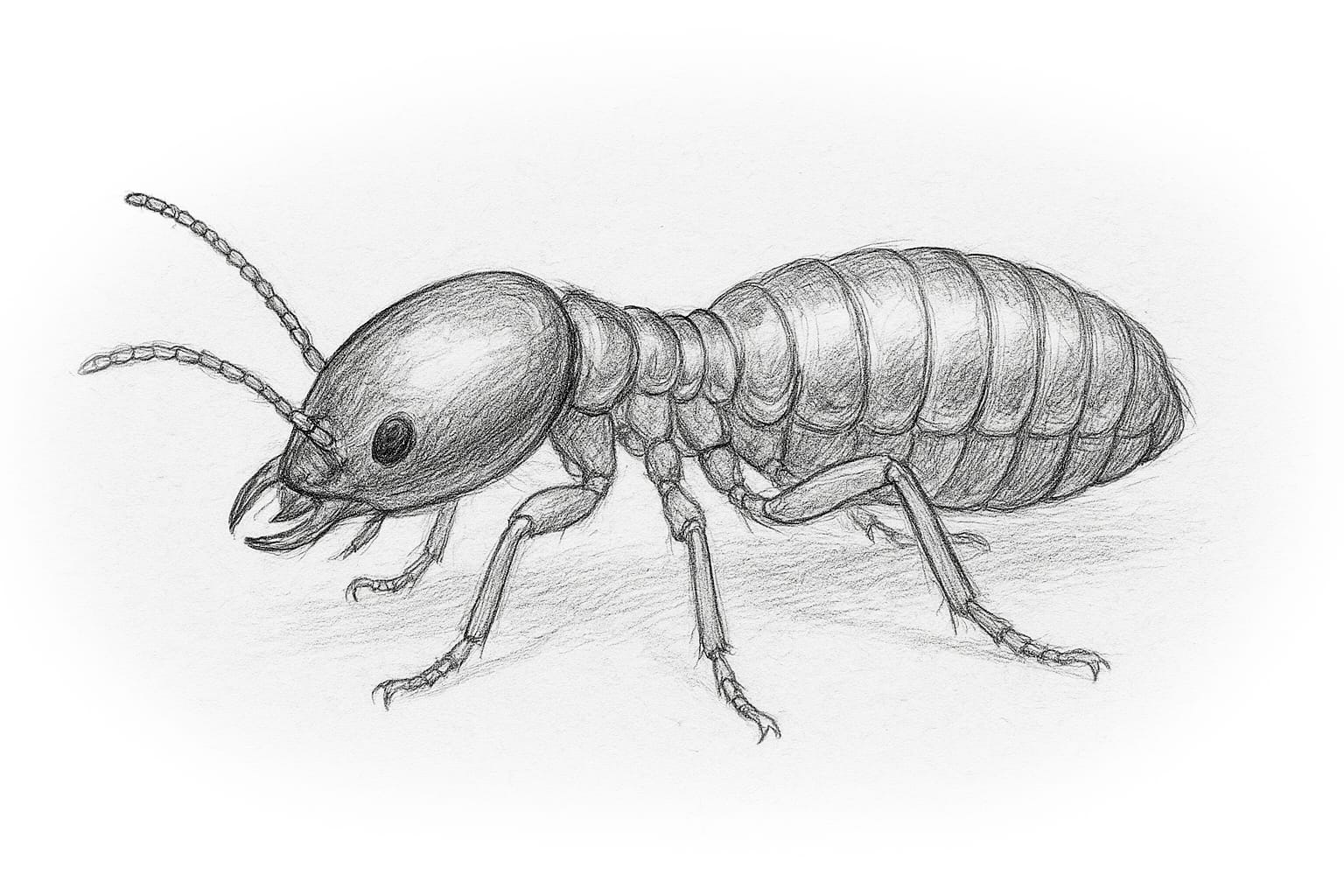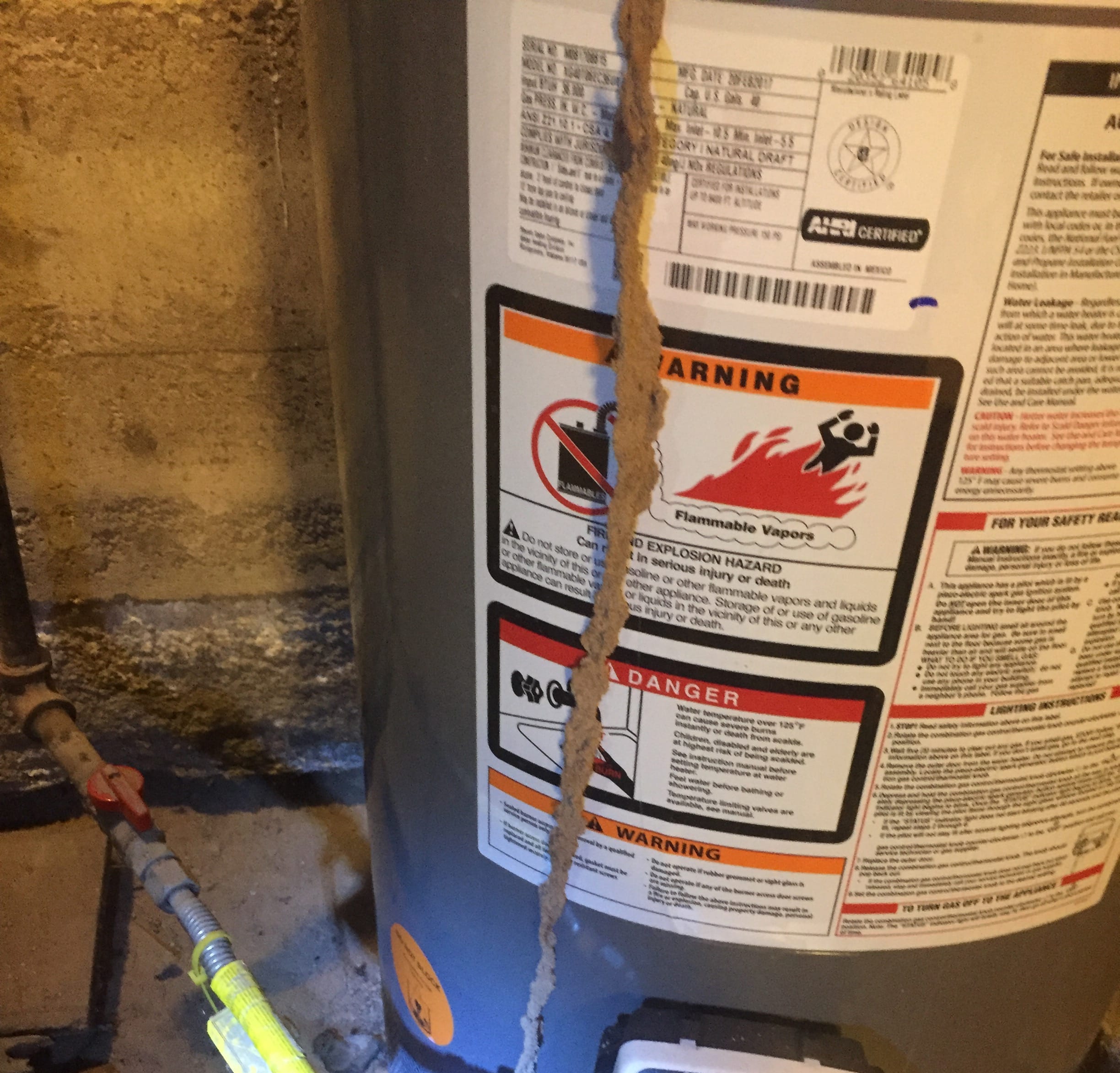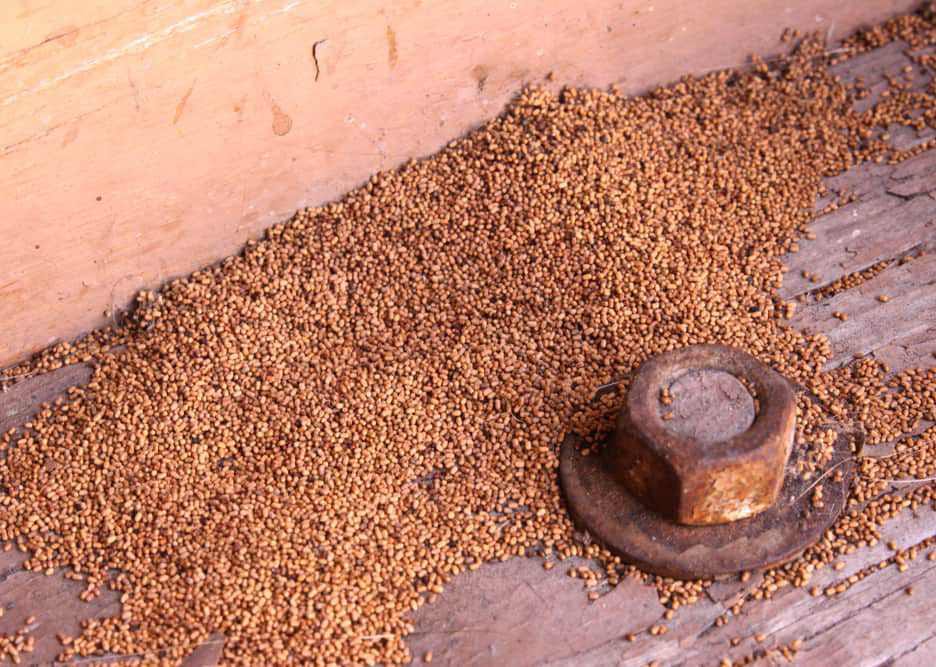 Termites are one of the most destructive insects to exist. They are one of the few insects that actually eat wood, which they are able to consume due to special gut microbes that allow them to break down and extract nutrients from cellulose. Considering this, they can do substantial damage to your home. In fact, termites cause approximately 5 billion dollars of damage per year in the United States, and 40 billion worldwide! This means they are the #1 most costly insect in the United States dollar-wise.
Termites are one of the most destructive insects to exist. They are one of the few insects that actually eat wood, which they are able to consume due to special gut microbes that allow them to break down and extract nutrients from cellulose. Considering this, they can do substantial damage to your home. In fact, termites cause approximately 5 billion dollars of damage per year in the United States, and 40 billion worldwide! This means they are the #1 most costly insect in the United States dollar-wise.
Identifying Termites and Colony Structure
Termites are often confused for ants, but if you know what to look for you’ll realize they’re pretty distinct. Most termites are a light tan almost cream color, with only 2 body segments (a head and a long, oblong body), while ants have 3 body segments. They can be anywhere from 1/8″ to 1/2″ long depending on their role in the colony. There are several types of termites within the colony: workers, soldiers, and swarmers. You’re most likely to encounter workers, which take care of the day-to-day tasks that keep the colony alive. That means building tunnels, caring for young, and feeding the queen and king. Yes termites have a king AND queen, unlike ants that only have a queen.
Subterranean vs Drywood

A large mud tunnel going up the side of a water heater in Milford UT
It’s very important when dealing with a termite infestation to identify what kind of termites you have: subterranean or drywood? The easiest way to tell is mud tunnels: subterranean termites build them and drywood termites don’t. Mud tunnels are small dirt tubes about a 1/4″ in width. These tunnels serve many purposes…they keep the termites moist, they protect them from predators, and they serve as a highway from the underground colony to the wood above. You’ll see them most often running from the ground, up the side of the foundation, and then into the wood, but if you open up the wall you will see them everywhere.

A close-up view of termite frass
Another thing to look at is “frass“, and only drywood termites produce it. It’s termite droppings that they push out of holes to keep their colonies clean. Sub termites don’t produce this because they will take their waste underground. Frass looks like sand from a distance, but upon close inspection you will see it’s made up of tiny uniform pellets, not random shapes like sand. If you see a pile of frass you can be sure a drywood termite colony exists inside the wall wherever you found it.
Unfortunately we DO NOT treat drywood termites, but if you’re unsure which type you have do not hesitate to give us a call at 435-586-7337 for an inspection to know for sure!
Silent Destroyers
Termites colonies can operate in your home for years without being noticed, and they don’t sleep. Termites are awake day and night feeding and building their colonies, and in the process destroying your home. That’s why it’s important to call for a certified inspector right away; because the damage, and cost of repairing that damage, is only going to go up over time. Don’t wait! Call Newby’s Pest • Lawn • Weeds today at 435-586-7337 for an inspection and quote on a termite service. Inspection fees will be waived if you go with the full service!
For more information about our termite service offerings, including VA loan inspections CLICK HERE!


